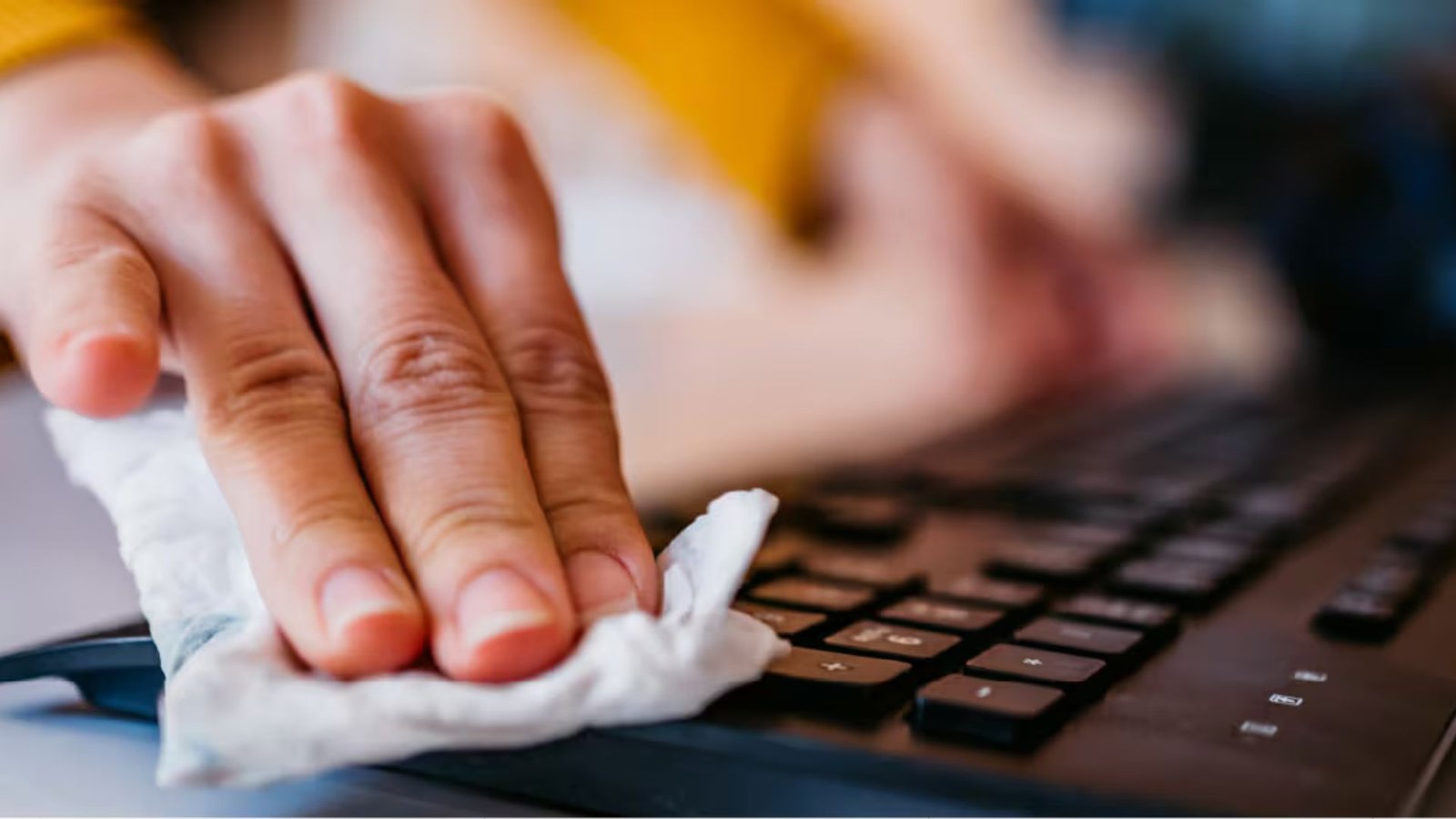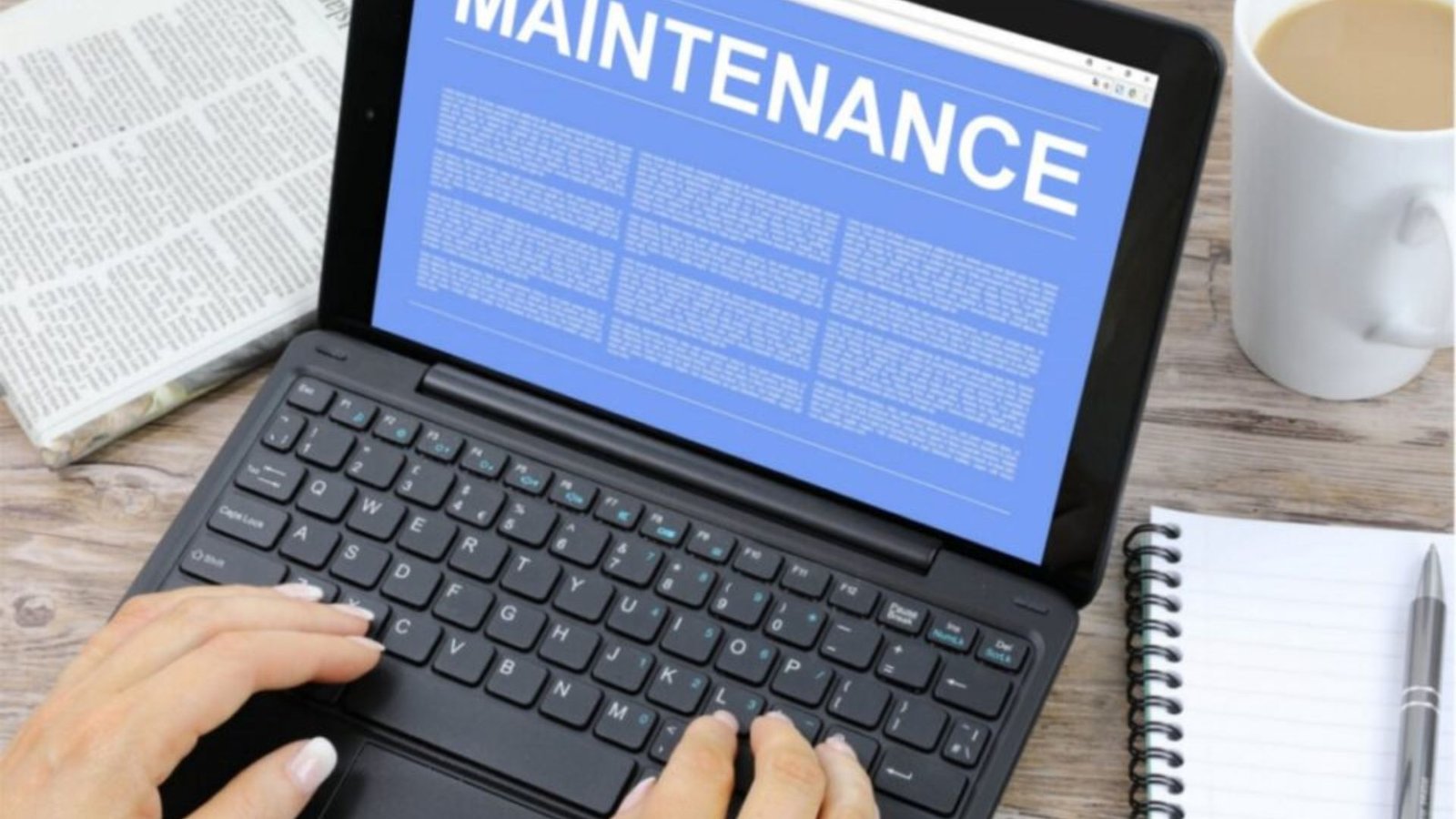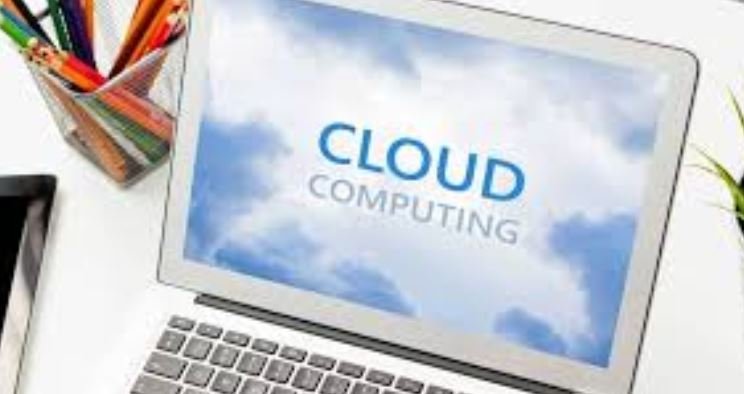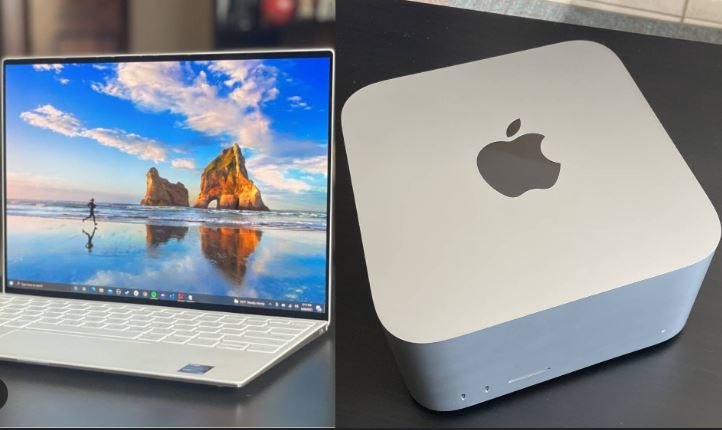Keeping your desktop computer clean and well-maintained is essential for its performance and longevity. When you focus on cleaning and maintaining your desktop, you not only ensure its optimal performance but also extend its lifespan. Let’s explore the best practices to achieve a clean and efficient workspace.
Regularly Dust and Clean the Exterior
One of the first steps in cleaning and maintaining your desktop is to address the exterior. Dust and debris can accumulate on the surface and vents, potentially affecting performance. Use a soft, dry cloth to wipe down the exterior of your desktop regularly. For a more thorough clean, a can of compressed air can help blow out dust from hard-to-reach areas. Regular exterior cleaning prevents dust buildup and maintains a clean appearance.

Keep Your Workspace Tidy
Maintaining a clean workspace is crucial for cleaning and maintaining your desktop. Clutter around your computer can lead to unnecessary distractions and even accidental spills. Keep cables organized with ties or clips and ensure that the area around your desktop is free from food and drinks. A tidy workspace not only improves your efficiency but also reduces the risk of accidents that could damage your computer.
Clean Your Computer Monitor
Your monitor is another area that benefits from regular cleaning. Dust and fingerprints can obscure your view, making it difficult to work. To clean your monitor, use a microfiber cloth slightly dampened with water or a screen cleaner. Avoid using paper towels or rough fabrics, as these can scratch the screen. Regularly cleaning your monitor helps maintain clear visibility and a pleasant working environment.
Manage Cables and Connections
Managing cables and connections is an important part of cleaning and maintaining your desktop. Tangled or cluttered cables can create a mess and obstruct airflow, which might lead to overheating. Use cable organizers or ties to keep cables neat and avoid having them in the way. Proper cable management not only makes your setup look cleaner but also improves airflow and prevents accidental disconnections.
Clean Your Keyboard and Mouse
Your keyboard and mouse can collect dust, dirt, and germs over time. To clean your keyboard, gently shake it upside down to dislodge crumbs, and use a can of compressed air to remove debris from between the keys. For a more thorough cleaning, use a slightly damp cloth or alcohol wipes to wipe the surface. Similarly, clean your mouse with a cloth and, if it has a ball, make sure to clean that area as well. Regular cleaning of these accessories contributes to a more hygienic and efficient workspace.
Check and Clean Internal Components
For cleaning and maintaining your desktop, it’s essential to periodically check and clean internal components. Dust can accumulate inside the case, affecting airflow and cooling efficiency. To clean the inside, first, ensure the computer is turned off and unplugged. Open the case and use a can of compressed air to blow out dust from components like the CPU fan, GPU, and power supply. Be gentle to avoid damaging delicate parts. Regular internal cleaning helps keep your computer running cool and efficiently.
Update and Manage Software
Maintaining your desktop also involves software management. Regularly update your operating system and software to ensure you have the latest features and security patches. Outdated software can slow down your system and make it more vulnerable to threats. Managing and updating your software is a crucial part of cleaning and maintaining your desktop, ensuring optimal performance and security.
Check for Hardware Issues
Regularly checking for hardware issues is another aspect of cleaning and maintaining your desktop. Look out for any unusual noises or performance problems. If you notice issues like slow performance or frequent crashes, they might be related to hardware problems. Addressing these issues promptly can prevent further damage and maintain your desktop’s reliability.
Perform Regular Disk Cleanup
Performing a disk cleanup is essential for maintaining your desktop’s performance. Over time, unnecessary files can accumulate and take up valuable disk space. Use built-in tools or third-party software to remove temporary files, empty the recycle bin, and clear browser caches. Regular disk cleanup helps keep your system running smoothly and efficiently.
Conclusion
In summary, knowing how to clean and maintain your desktop is essential for ensuring its performance and longevity. By regularly dusting and cleaning the exterior, managing cables, and checking internal components, you can keep your desktop in top shape. Additionally, maintaining software, performing disk cleanups, and securing your system contribute to a smooth and reliable computing experience. Following these tips will help you enjoy a clean, efficient, and well-maintained desktop computer.











